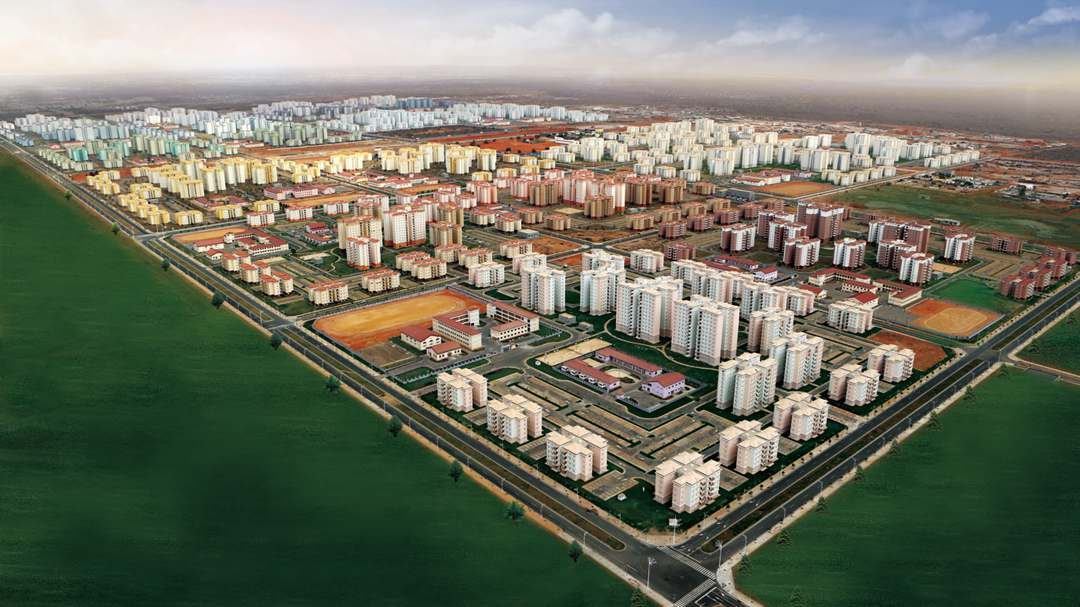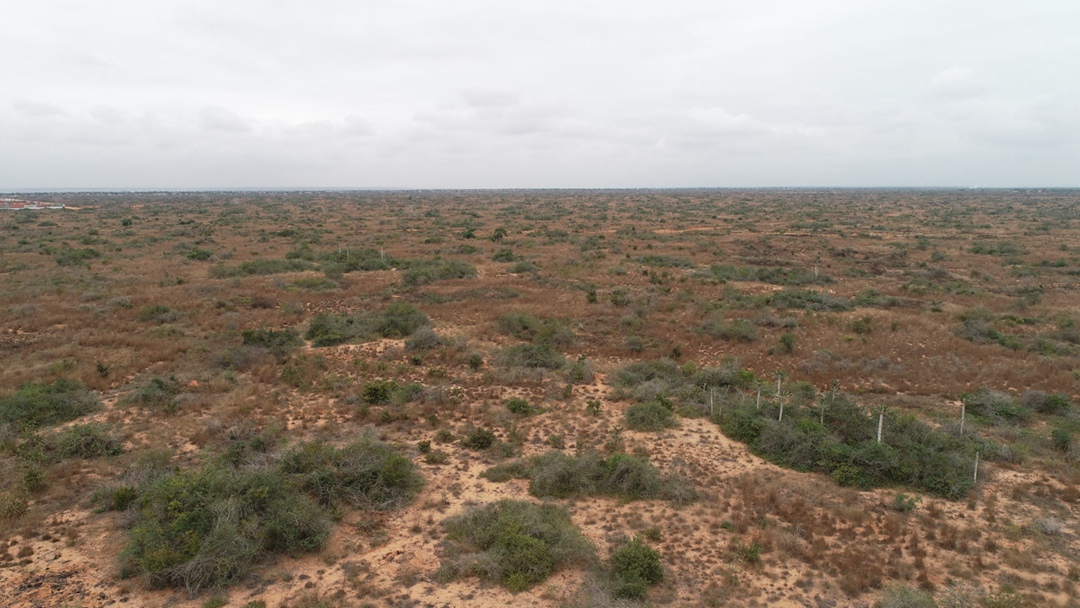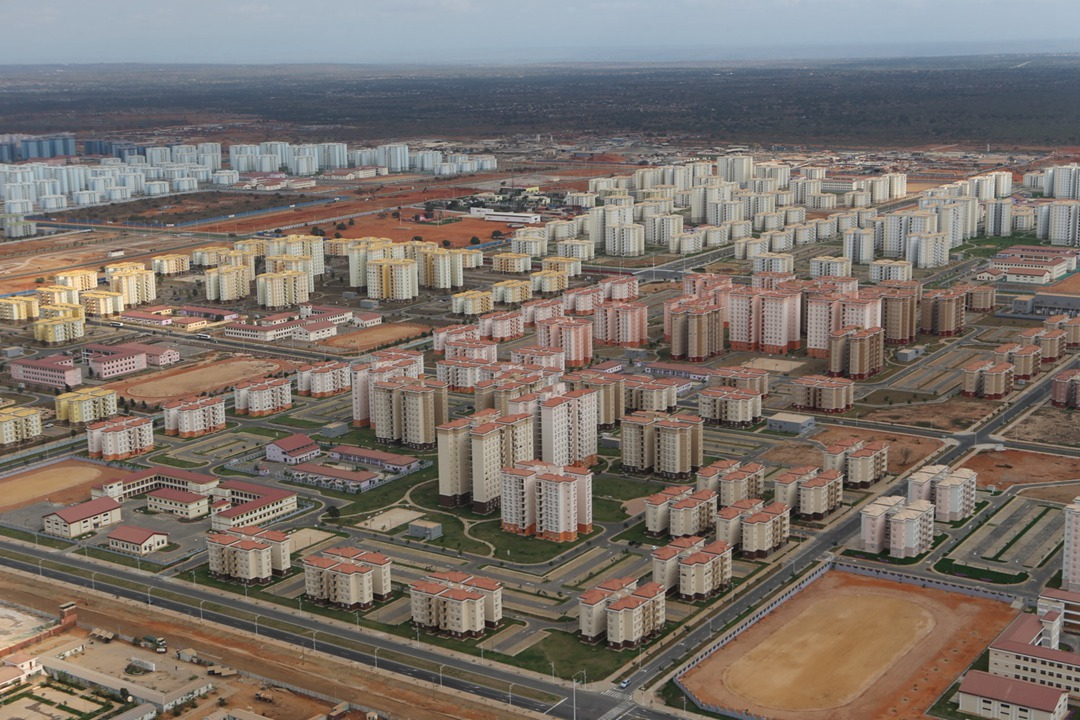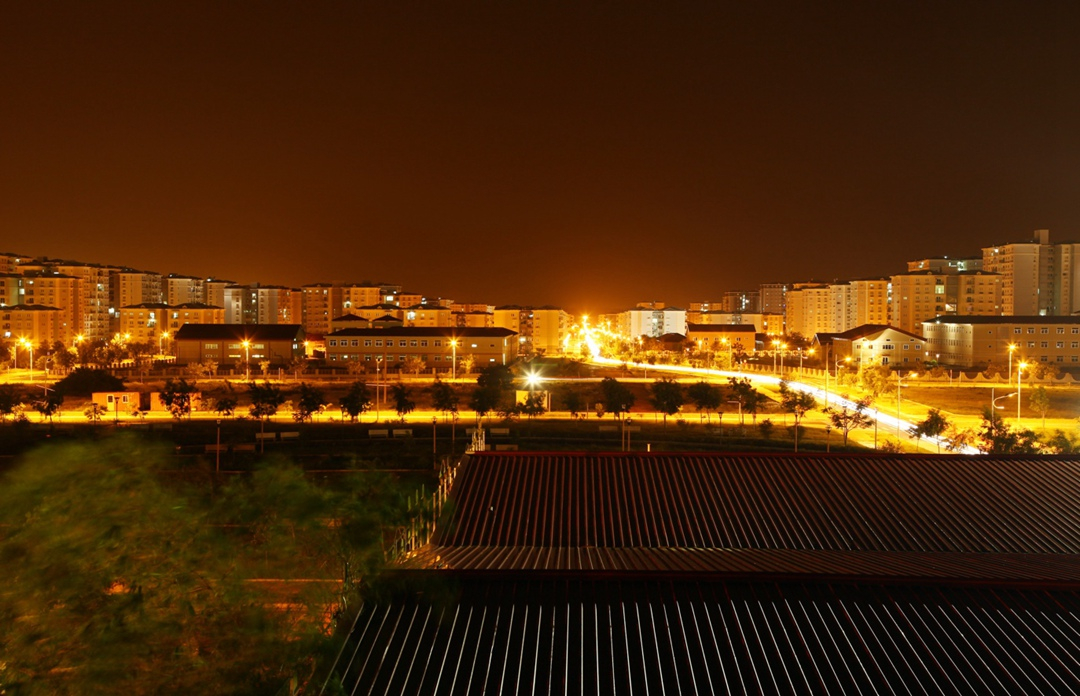
Business
16:04, 19-Aug-2018
Angolans embrace a better life with social housing project
Updated
15:27, 22-Aug-2018
CGTN's Meng Qingsheng
02:54

China has been actively involved in Angola's post-war reconstruction process, covering projects like urbanization and social housing. The flagship 3.5-billion-US-dollar Kilamba New City project, by Chinese civil engineering company CITIC Construction, has turned a backward rural area into a modern satellite town of the nation's capital, Luanda.
The Santos couple moved into their apartment back in 2013. For the first time, they have a place of their own. Previously, they lived in a rented house, far away from the city.
Rui Santos recalled what his living conditions were like: There was no drinking water supply and power outages were a semi-regular occurrence. As part of Angola’s national social housing program, Santos relocated to the Kilamba New City built by CITIC Construction. He told CGTN that his life had improved and has more dignity.

The Santos family has a weekend party with friends at their apartment in Kilamba New City./ CGTN Photo
The Santos family has a weekend party with friends at their apartment in Kilamba New City./ CGTN Photo
The family currently lives inside a 120 square-meter apartment. It has plenty of space for the couple and their three children. The unit has a 24-hour water and power supply. Mrs. Santos said that it was hard to imagine that this would be possible during the early stages of Angola’s post-war reconstruction.
Mrs. Santos shared with CGTN that she designed everything based on her interests. The family went to southern China’s Guangzhou City to buy most of their furniture. When they returned to Luanda, they brought back a whole container's worth of items, including a dining table, crystal lamps, and beds.

The site before the construction of the Kilamba New City was sheer wilderness./ CITIC Construction Photo
The site before the construction of the Kilamba New City was sheer wilderness./ CITIC Construction Photo
The Kilamba New City is one of Luanda's six urban districts. The new city is one of the world’s largest residential sectors. It provides homes for more than 100,000 locals in an area that was sheer wilderness before this massive social housing project started.

An aerial view of Kilamba New City. / CITIC Construction Photo
An aerial view of Kilamba New City. / CITIC Construction Photo
When construction work began in 2008, the builders found it difficult to get materials of satisfactory quality at local markets. They had to ship over two million tonnes of materials directly from China, and it took CITIC Construction four years to complete the whole project.

The night view of Kilamba New City ./ CITIC Construction Photo
The night view of Kilamba New City ./ CITIC Construction Photo
Chen Xiaojia, chairman of CITIC Construction, said that the project is well-equipped, with a complete range of public facilities. The company built schools and sewage facilities, as well as water and power supply systems among other necessities. “I’ve learned that people in Luanda feel proud of having an apartment in Kilamba New City. That’s also what we are proud of.”

Eduane, son of Rui Santos plays video games inside the entertainment room. He told CGTN that the relocation helped him make more friends. / CGTN Photo
Eduane, son of Rui Santos plays video games inside the entertainment room. He told CGTN that the relocation helped him make more friends. / CGTN Photo
The Santos family are among thousands of households whose prospects have improved because of this grand project. As the country’s post-war reconstruction continues, many believe they have much greater things to look forward to.

SITEMAP
Copyright © 2018 CGTN. Beijing ICP prepared NO.16065310-3
Copyright © 2018 CGTN. Beijing ICP prepared NO.16065310-3